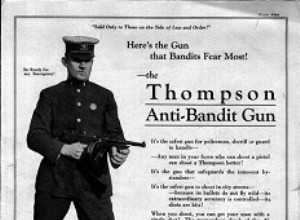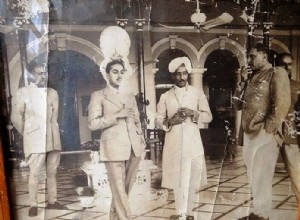Torrio then proceeded to take over several breweries and, posing as atype regular, he persuaded their managers to resume their activities. With comfortable bribes, he succeeded in corrupting the police and the political circles of the city, which allowed him to strengthen the hold of the gangsters o




